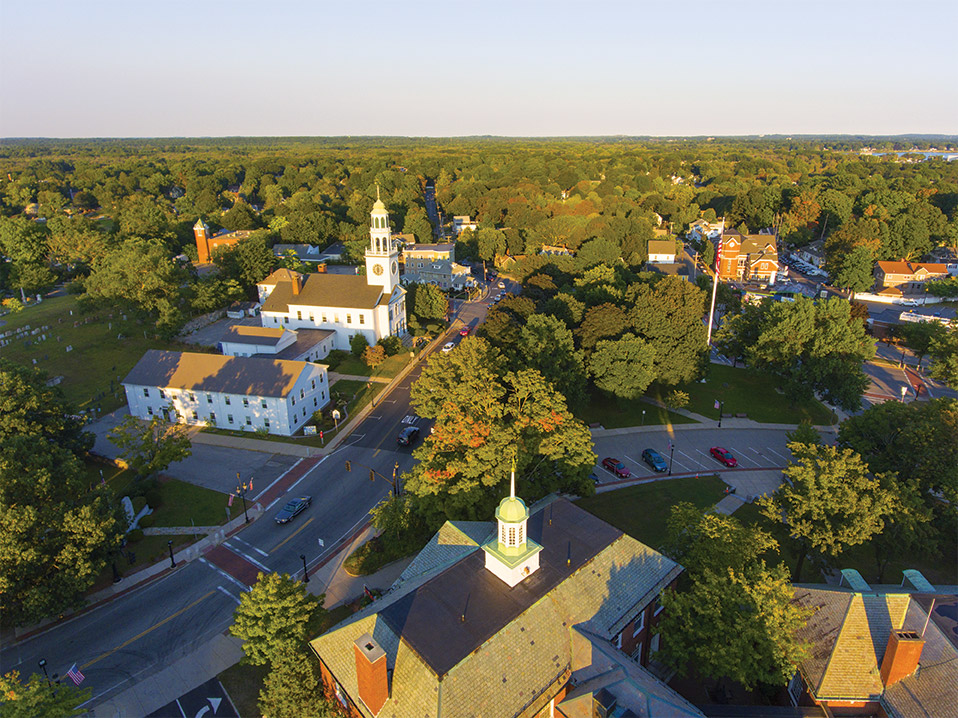What do you love most about Reading? Is it the eclectic and delicious gourmet foods and wines from Pamplemousse? The community vibe and great reads at Whitelam Books? The train station’s convenient downtown location or the pretty, old-fashioned street lamps?
Those who live and work in any city or town seem to know, both anecdotally and intuitively, what people love about the place and what needs a refresh. But it’s not often that a town gets the chance to ask its residents these very questions and shape itself into something even better.
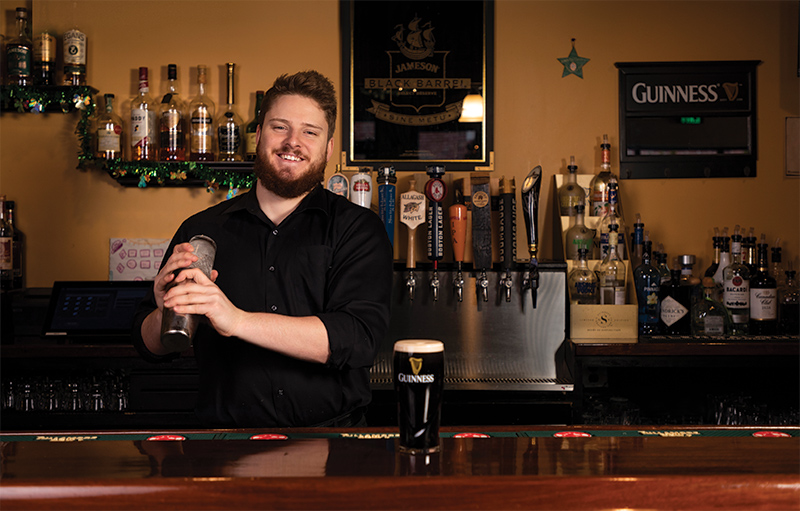
That’s exactly what’s happening right now with ReImagine Reading Downtown, an initiative to create a downtown district management organization that teams the town with local businesses, organizations, residents, and property owners to provide collaborative support, investments, supplemental services, and place-making projects. The ongoing goal is to make the downtown a place that residents, businesses, and visitors want to live, work, and spend time in.
“It’s an initiative to create a downtown organization, and that organization is created in partnership with the town,” says Erin Schaeffer, the town’s economic development director.
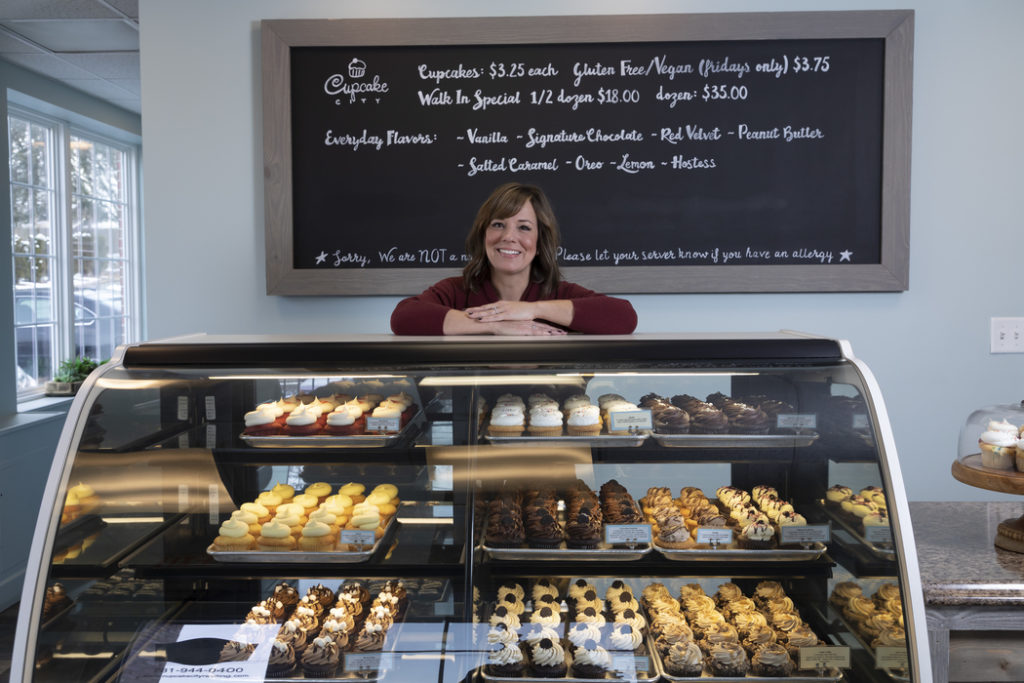
The ReImagine Reading Downtown initiative will aim to turn up the volume on things that people already love about the town and revamp the areas that could use a little TLC.
“The current strength of downtown is that it’s walkable, and our infrastructure is really great,” says Schaeffer. “We like to call it a transportation hub.” It has not only the commuter rail but also MBTA bus access and bike racks, right in the town’s commercial core.
Reading does seem to have it all in terms of the perfect location. In addition to being a “transportation hub,” it’s just 12 miles from Boston and is convenient to routes 1, 95, and 93. Plus, its walkable downtown is already home to many beloved shops and restaurants.
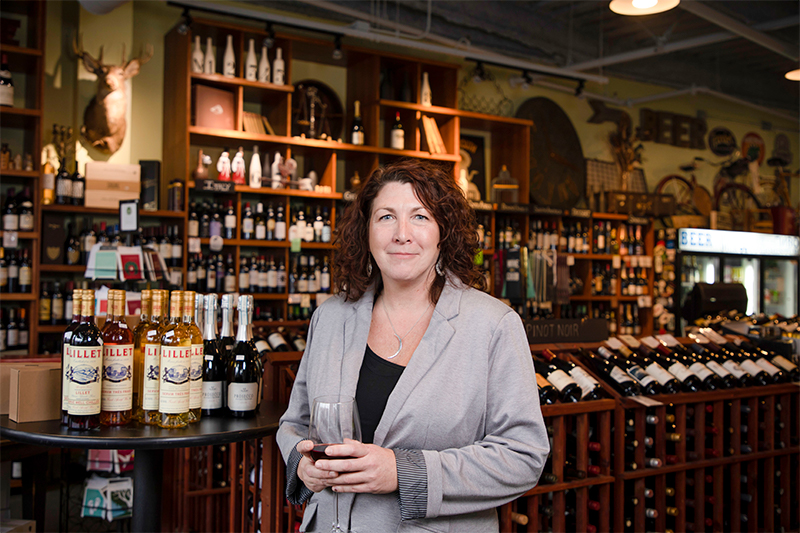
Among them is Pamplemousse, a gourmet shop filled with fine wines, gourmet foods, craft beers, kitchen gear, housewares and gifts, thoughtfully curated gift baskets, and other culinary specialties that always seem to delight and surprise its customers. Owner Diane Manahan says they rotate their wines and beers, for instance, often because “we always want to have something new for people to taste.”
“We put a lot of work into making it a very special place. There aren’t a lot of stores like this where you can do one-stop shopping,” Manahan says. “It is a different type of shopping experience. We’re not a packie. We’re more of a lifestyle store.” She says Reading offers a perfect location for Pamplemousse, and she’s thrilled that so many exciting new things are happening in town. “Reading has a perfect demographic,” she says. “You have a lot of families here. You have educated people who have traveled and really like good food and wine. For us, it was really a perfect fit.”
Another beloved downtown shop is Whitelam Books, an independent bookstore where great reads and gifts have become a backdrop for community events including half a dozen book clubs, story times, author events, knitting circles, and even popup comedy shows.
“We’re trying to serve a particular function for the downtown. I tried to make this a community space. It’s not just a shopping destination,” says owner Liz Whitelam. “We’ve tried to become a place where people have a reason to gather and feel comfortable.”
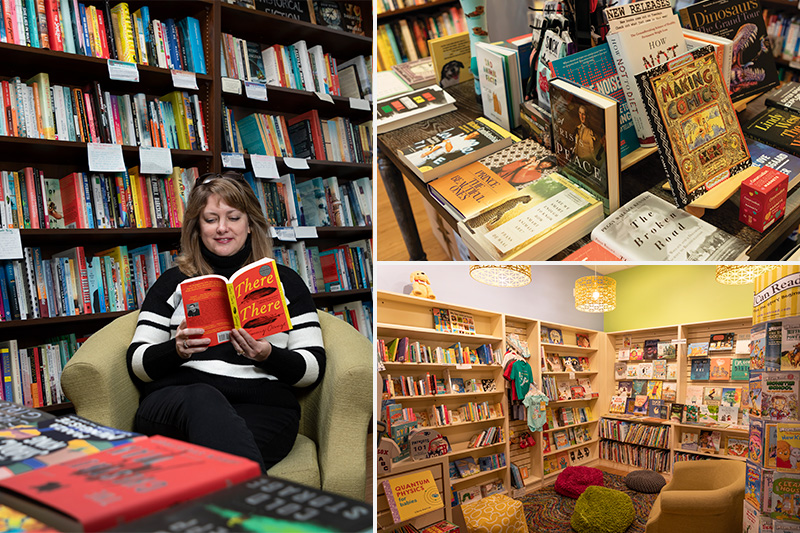
All of those things—the downtown’s walkability, Whitelam Books, Pamplemousse, the train—figured prominently in a survey of what people love about Reading. The town conducted a survey and had more than 1,500 respondents, the results of which were published in November, as part of the ReImagine Reading Downtown initiative.
In addition to illustrating what people love about Reading, the survey also revealed what they crave more of: They want more shops, restaurants, nightlife, and entertainment options to draw them downtown, from breweries with tasting rooms to specialty shops to live music and events. That’s why Reading is doing so much work building and developing projects that can accommodate such places, along with plenty of housing.

“Reading is also a model community for smart growth zoning districts,” says Reading’s assistant town manager, Jean J. Delios, describing a “zoning overlay district” that allows for dense, compact development in areas accessible to public transportation, while weaving in features like walkability, transportation, and mixed-use buildings for both housing and retail.
“It incentivizes this idea of ‘new urbanism,’ but really there’s nothing new about it,” Delios says. “This is how downtown areas were always built. It’s the true elements of what we think about when we think about a downtown.” By adding more spaces to live and work downtown, Delios says the town aims to strike a balance between old and new.
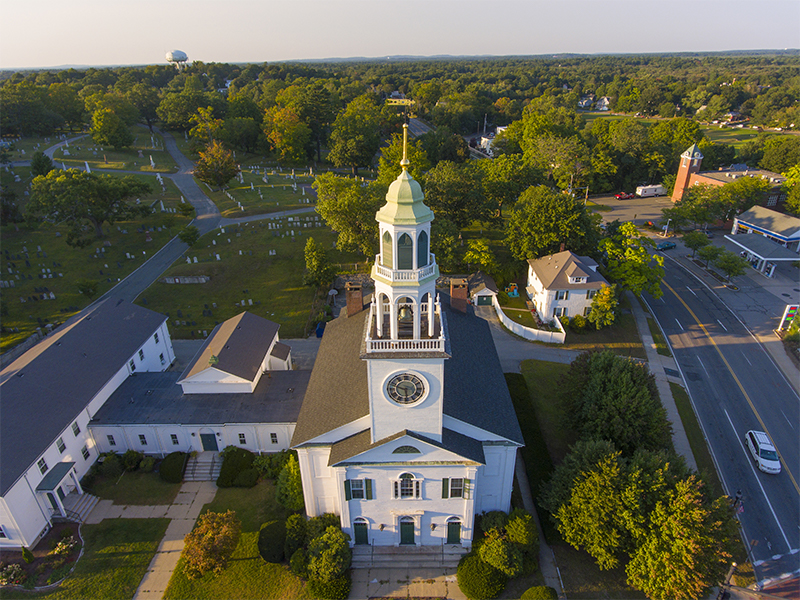
“What people love about downtown Reading is the New England charm: the white-steepled church, and the period street lights and the neighborhood friendliness—so building off of that and preserving that is important,” she says. “At the same time, by having all these new housing units downtown, that’s going to be a benefit for what people say they want, which is more restaurants, more shopping, more things to do downtown.”
It all results in adding even more ways for people to engage and spend time together.
“We do have a very active and engaged citizenry. It’s a nice community,” Whitelam says. “A lot of people are really happy to get involved and that’s why the downtown reimagining will work: because people will make it work.”
The Details

